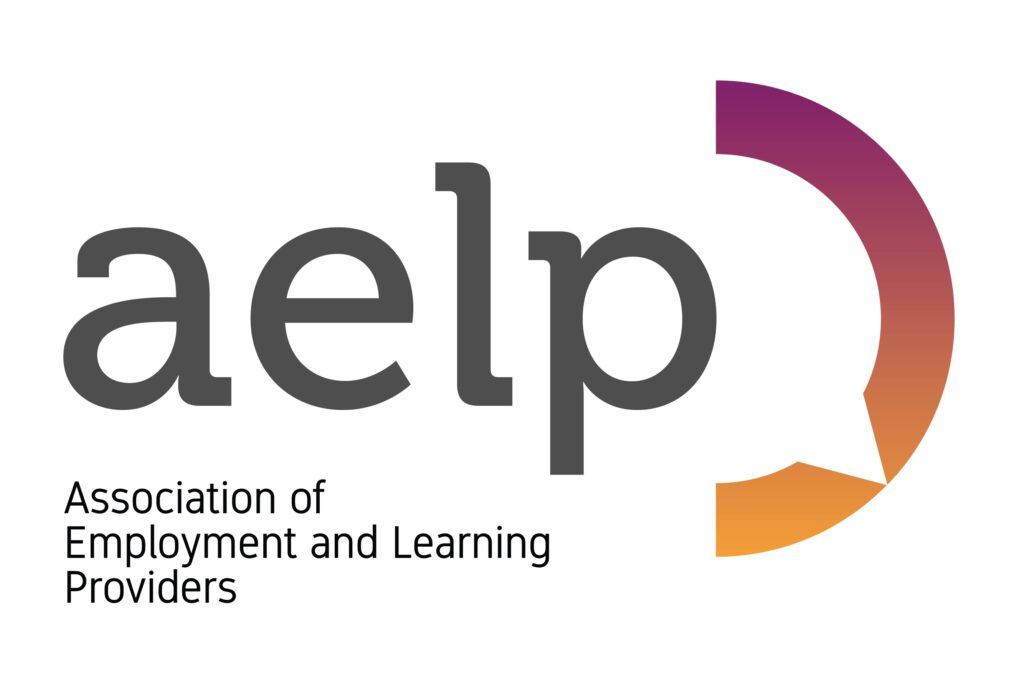.@AELPUK issues new easy-to-follow guidance to comply with #OTJT for apprenticeships

The Association of Employment and Learning Providers has issued updated OTJT Guidance on how employers and training providers can work together to comply with the 20% off-the-job training (OTJT) rule for apprenticeships.
The guidance should help providers overcome the concerns of employers who still regard the rule as an insurmountable reason for not engaging in the apprenticeship programme, particularly those who equate it as a day release every week.
Both the Education and Skills Funding Agency (ESFA) and the Department for Education (DfE) have seen the updated guidance and have provided feedback during its development.
The guidance sets out how compliance with the OTJT rule can be achieved, covering the following aspects:
- What can and can’t be included in OTJT
- What type of English and maths learning can count towards the 20% total
- What elements of induction can count
- Clarity over the training taking place within contracted working hours
- How to monitor and evidence compliance
- Ofsted’s expectations in relation to the rule.
The AELP guidance emphasises that the key phrase which differentiates off-the-job training is that it must be time that is not spent as part of an apprentice’s normal working duties. By this the ESFA mean the ‘productive job’.
The expectation is that OTJT is specifically to support the development of new behaviours and also skills and knowledge linked to the actual vocational occupation. Training which is not required for the achievement of the apprenticeship is not to be counted.
AELP is stressing the importance of the employer and provider agreeing a plan before the start of a programme as to how the 20% will be covered, the types of activity that the apprentice will be involved in and the role that the employer and provider will take. T
he apprentice also needs to be aware of this and our recommended best practice is that the apprentice, employer and provider all sign this initial plan and commit to its delivery across the length of the programme. The provider should record all the learning activity in the learning portfolio that the provider, apprentice and employer have access to.
The guidance includes an example of a table of OTJT activities that a provider can build into the apprentice’s Individual Learning Plan and a case-study from Kaplan Financial Limited with the provider’s top tips on demystifying the rule for employers and how to make the 20% requirement work for them.
 AELP CEO Mark Dawe said:
AELP CEO Mark Dawe said:
“AELP fully supports off the job training in apprenticeships but still believes that a blanket 20 per cent rule is not appropriate for every apprenticeship standard across all sectors at all levels. Evidence from AELP members suggests that this rule has definitely been a factor in the sharp fall in apprenticeship starts since the levy was introduced.
“Nonetheless this easy-to-follow guidance will help ensure that all apprentices have the opportunity to learn new skills for a substantial period of their programme, showing what flexibilities are possible within the rule while minimizing disruption for the employer. We therefore strongly recommend that all providers adopt it as best practice and use it to reassure employers that the rule in itself should not put them off making apprenticeships an important asset in growing their business.
“As the guidance makes clear, potential difficulties should be avoided if the provider and employer agree a plan beforehand on how compliance will be achieved.”












Responses